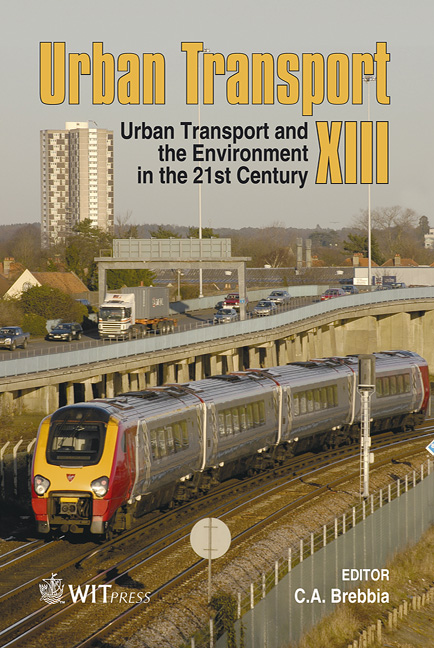Safety Of Users In Road Evacuation: Pedestrian Outflow Models In A Building
Price
Free (open access)
Transaction
Volume
96
Pages
11
Published
2007
Size
939 kb
Paper DOI
10.2495/UT070771
Copyright
WIT Press
Author(s)
M. Di Gangi & P. Velonà
Abstract
In this paper we present some results obtained in the research project entitled SURE, carried out by the Laboratory for Transport Systems Analysis (LAST) of the Mediterranea University of Reggio Calabria (Italy). The general objective of the project is risk reduction in urban areas in terms of exposure through the definition and implementation of evacuation procedures. One of the activities concerns the specification and calibration of a system of models able to simulate the transportation system when a population has to evacuate due to a forthcoming disaster. This paper concerns the simulation of pedestrian outflow related to the evacuation of a building, using flow models calibrated on the basis of data collected during experimentation on a test site. This experimentation was conducted in a school in an Italian town but the methodology used can be applied to any building with homogeneous characteristics in terms of activities (i.e. offices, banks, commercials, schools). 1 Introduction In ordinary conditions for simulating pedestrian flow two approaches have been proposed: the first approach [1] considers the speed-density function; the second approach considers the level of services [2]. In these studies models are calibrated referring to user categories. In [1] both ordinary and emergency conditions are taken into consideration and a similar approach is also used in [3].
Keywords





